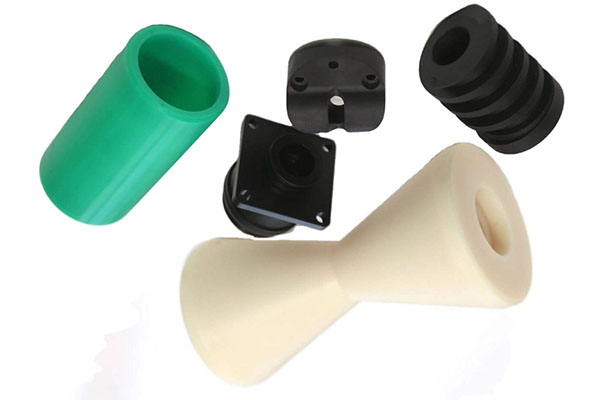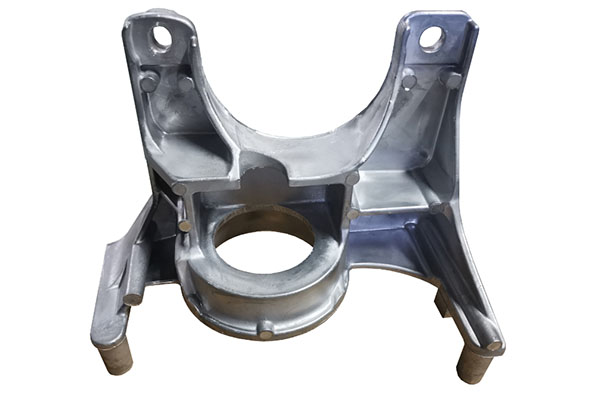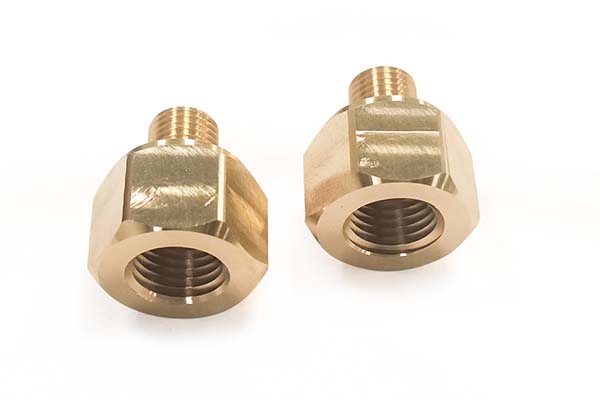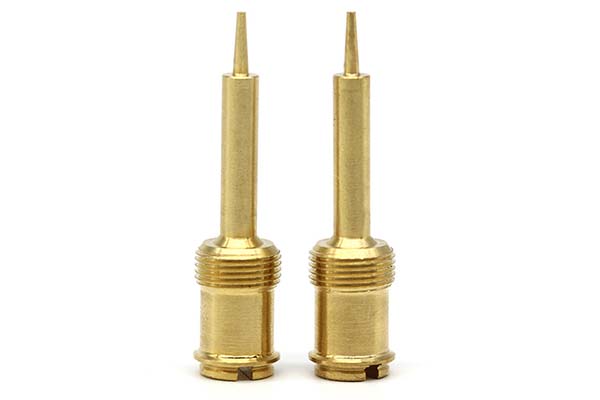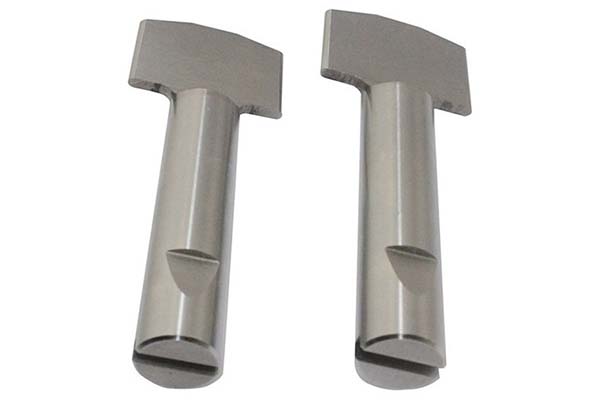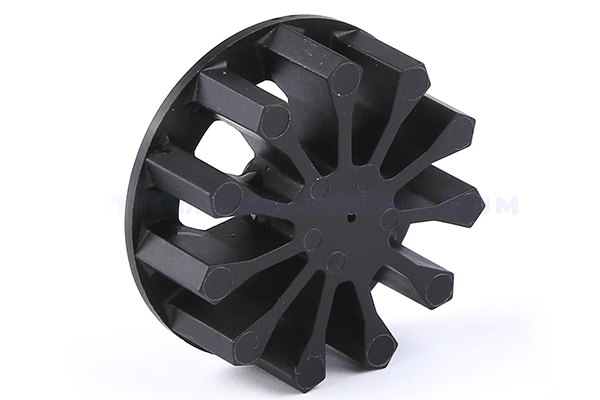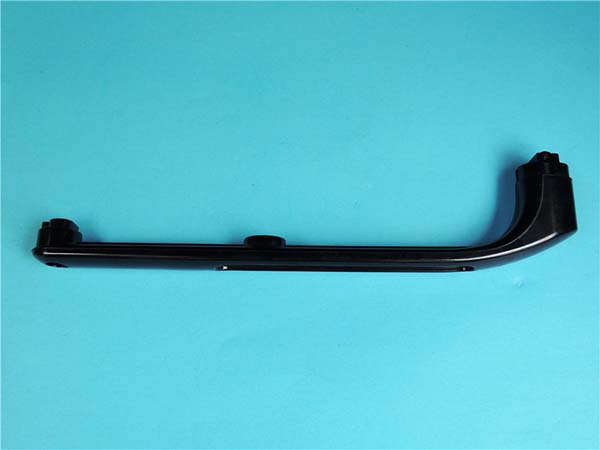Introduction to Stereolithography
Stereolithography (SLA) is a cutting-edge 3D printing technology that has revolutionized product development across various industries. This process uses ultraviolet lasers to cure liquid resin into solid objects layer by layer, enabling the creation of highly detailed and intricate prototypes. SLA has significantly accelerated product development by reducing time and costs while allowing for quick iterations. In this article, we will dive into the principles, history, benefits, and applications of SLA, highlighting how it has reshaped the way products are developed.
Definition and Principles
What is Stereolithography?
Stereolithography, or SLA, is an additive manufacturing process where a laser cures photopolymer resin into solid structures. The name "stereolithography" comes from Greek, with “stereos” meaning solid and “lithos” meaning stone, reflecting the process of turning liquid resin into solid, three-dimensional objects.
How SLA Works
The SLA process begins with a digital 3D model of the object created using CAD (Computer-Aided Design) software. This model is then sliced into thin layers using specialized slicing software. The SLA printer uses a UV laser to solidify the resin layer by layer based on the sliced data. After each layer is formed, the build platform lowers slightly, and the process repeats until the entire object is created. The resin may also require post-processing to remove excess material and fully cure the object.
Historical Development
Evolution of SLA
SLA was first introduced in the 1980s by Charles Hull, the co-founder of 3D Systems, who patented the technology in 1986. Hull’s invention of the stereolithography apparatus (SLA) paved the way for 3D printing as we know it today. Over the years, SLA has seen numerous advancements in materials, hardware, and software, improving the precision, speed, and affordability of the technology.
Milestones in SLA Technology
- 1986: Charles Hull patents the SLA process.
- 1988: 3D Systems commercializes the first SLA machine.
- 1990s: SLA technology becomes widely adopted across various industries, including automotive and medical.
- 2000s: Advancements in resin materials and laser technology improve precision and speed.
- 2010s: Software advancements enable the printing of more complex geometries and finer details.
- Present Day: SLA continues to evolve with innovations in material science, machine efficiency, and integration with other technologies.
Rapid Prototyping Process
Step-by-Step SLA Process
- Design Preparation:
- The 3D model is designed using CAD software and sliced into layers with slicing software.
- Resin Preparation:
- A vat of liquid photopolymer resin is prepared and set at the appropriate level.
- Laser Exposure:
- A UV laser traces the outline of each layer, solidifying the resin where it is exposed.
- Layer Buildup:
- The build platform lowers slightly, and the next layer is formed in the same manner.
- Post-Processing:
- The object is removed from the platform, cleaned, and post-cured under UV light to ensure complete solidification.
Materials Used in SLA
Common Resins in SLA
- Standard Resins:
- General-purpose resins that provide a balance of strength, flexibility, and detail for most prototyping needs.
- Engineering Resins:
- These resins are designed for functional prototypes and include materials like ABS-like, polycarbonate-like, and high-temperature resistant resins.
- Biocompatible Resins:
- Used in medical and dental applications, these resins are safe for use in healthcare settings and can be sterilized.
- Specialty Resins:
- Resins that offer specific properties like flexibility, transparency, or color, tailored for unique applications.
Benefits of Stereolithography
Time and Cost Efficiency
One of the primary advantages of SLA is its ability to reduce both production time and costs. Unlike traditional manufacturing methods, which require molds and tooling, SLA is an additive process that eliminates the need for these expensive setups. Prototypes can be produced in hours or days, allowing for quicker iterations and faster time-to-market.
Design Flexibility and Complexity
SLA allows for the creation of highly complex geometries and fine details that would be difficult or impossible to achieve using conventional manufacturing methods. This capability opens up new possibilities for design innovation, enabling the production of intricate parts with precision.
High-Quality Prototyping and Final Products
SLA provides smooth surface finishes and high-resolution parts that are perfect for both prototyping and end-use manufacturing. The technology can be used to create detailed models, functional prototypes, and even final products that require tight tolerances and intricate features.
Applications in Product Development
Prototyping and Modeling
SLA is extensively used for rapid prototyping, where designers can quickly produce functional prototypes to test fit, form, and function. The iterative nature of SLA prototyping allows for easy adjustments to the design, ensuring that potential issues are addressed before full-scale production.
Final Product Manufacturing
In addition to prototyping, SLA is increasingly used for manufacturing end-use parts, especially in industries that require high-precision components. This includes sectors like aerospace, automotive, and medical devices, where the precision and detail of SLA parts are critical.
Impact on Product Development Cycle
Accelerating Innovation
SLA speeds up the product development cycle by enabling rapid prototyping and iteration. The ability to quickly create functional models allows for faster testing, design validation, and refinement. As a result, companies can bring new products to market faster and stay ahead of the competition.
Enhancing Collaboration
SLA’s digital nature makes collaboration easier by allowing teams to share digital files easily. This enables real-time feedback, better decision-making, and seamless communication between design teams, engineers, and clients.
Potential for Further Innovation
Advancements in Material Science
Ongoing advancements in material science will continue to expand the capabilities of SLA. New materials will offer better performance, including higher strength, flexibility, heat resistance, and more. These innovations will make SLA an even more attractive option for a wide range of applications.
Integration with Other Technologies
The future of SLA will likely involve greater integration with technologies like artificial intelligence, robotics, and machine learning. This could lead to smarter, more adaptive manufacturing processes that optimize efficiency and quality throughout production.
Conclusion
Stereolithography has undeniably revolutionized product development by providing a fast, flexible, and cost-effective method for creating highly detailed prototypes and end-use products. With its ability to produce intricate parts, reduce lead times, and enable rapid iteration, SLA has transformed how companies design, test, and manufacture products. As the technology continues to evolve, it will undoubtedly unlock even more opportunities for innovation across industries.
FAQs
What are the main benefits of using stereolithography (SLA) in product development?
SLA offers several advantages, including faster production times, reduced costs, enhanced design flexibility, and the ability to produce complex, high-precision parts. These benefits allow for quicker iterations and more innovative product designs.
How does SLA compare to other 3D printing technologies?
Compared to technologies like Fused Deposition Modeling (FDM), SLA provides higher resolution and smoother surface finishes. However, SLA machines tend to be more expensive and may not be as cost-effective for larger objects or simpler geometries. The choice of technology depends on the specific requirements of the project.
Can SLA be used for functional prototypes?
Yes, SLA can be used to create functional prototypes. By selecting the appropriate materials and performing post-processing, SLA prototypes can simulate the mechanical properties of final products, making them suitable for real-world testing and validation.
